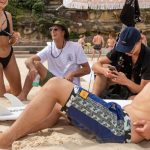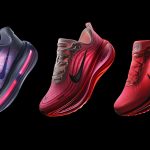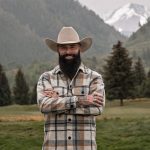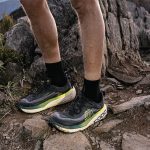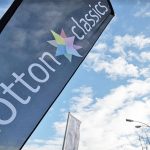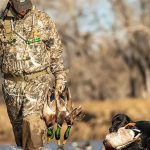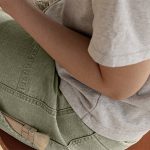Parks Canada has equipped six of its National Parks with the RECCO avalanche rescue system for the 05-06 winter season. Banff, Jasper, Yoho, Kootenay, Mount Revelstoke, and Glacier National Parks will all incorporate RECCO detectors into their rescue plans for the upcoming season. The area's 11 Safety Specialists and 90 Park Wardens who
participate in search and rescue operations will be trained to effectively use the RECCO detectors as part of the Parks Canada Mountain Safety Program annual training.
Many of the most heavily trafficked backcountry ski areas in western Canada
including Rogers Pass, the Icefields Parkway, and the Lake Louise
backcountryfall within the six-park area selected for the RECCO coverage.
The area also includes the wilderness off-piste areas adjacent to the ski
resorts of Lake Louise, Mount Norquay, Sunshine Village, and Marmot Basin.
Backcountry ski and snowboard usage in this area is estimated at close to
100,000 skier days per season.
Gord Irwin, Mountain Safety Program Manger for Banff, Yoho, and Kootenay
National Parks says, ” One advantage now that RECCO is on more equipment and
clothing is for people who are accessing the backcountry from ski areasand
the access is so easy to do from the ski hills in the National Parkswe see
this as an advantage because many of those backcountry users may not have
any avalanche equipment.”
“Self-rescue and prevention is our main focus,” he continues, “but that
said, all too often events occur where a group needs outside assistance and
that comes into use of beacons, the dogs and the RECCO. Just as more and
more clothing and equipment manufacturers include RECCO in their systems,
the likelihood of someone having a RECCO goes up and therefore it becomes an
advantageous tool for us to utilize.”
The portability of RECCO detectors will allow them to be used as a primary
search tool in all Parks Canada avalanche rescue responses in the six-park
area. “The fact that most of our responses would also involve using a
helicopter and that it's very small, very light, very easy to use, means
that it's a piece of rescue equipment that will be taken to a rescue scene,”
confirms Irwin. “It would come with us to any search, then, depending on
whether there are witnesses or survivors, we would make a decision about
what to utilize. Obviously being able to search with multiple tools early on
is likely to have a better outcome than not having those tools at all.”
Irwin sees RECCO as providing a significant benefit in the Parks Canada
backcountry. “The biggest single asset is that it offers, not a measure of
protection, but with very minimal cost on the part of the skier they can
have something in their clothing or equipment that would enable a rescue
group to find them.” He emphasizes, “Now, I still don't think it's a
substitute for self-rescue, but certainly from the point of view of a rescue
team it will greatly reduce the amount of time that we would be in a search,
particularly for the people who don't have beacons, and therefore it
minimizes the risk and exposure time of the rescue team. But, more of a
priority, enhances the chances of survival for someone who is caught in an
avalanche.”






